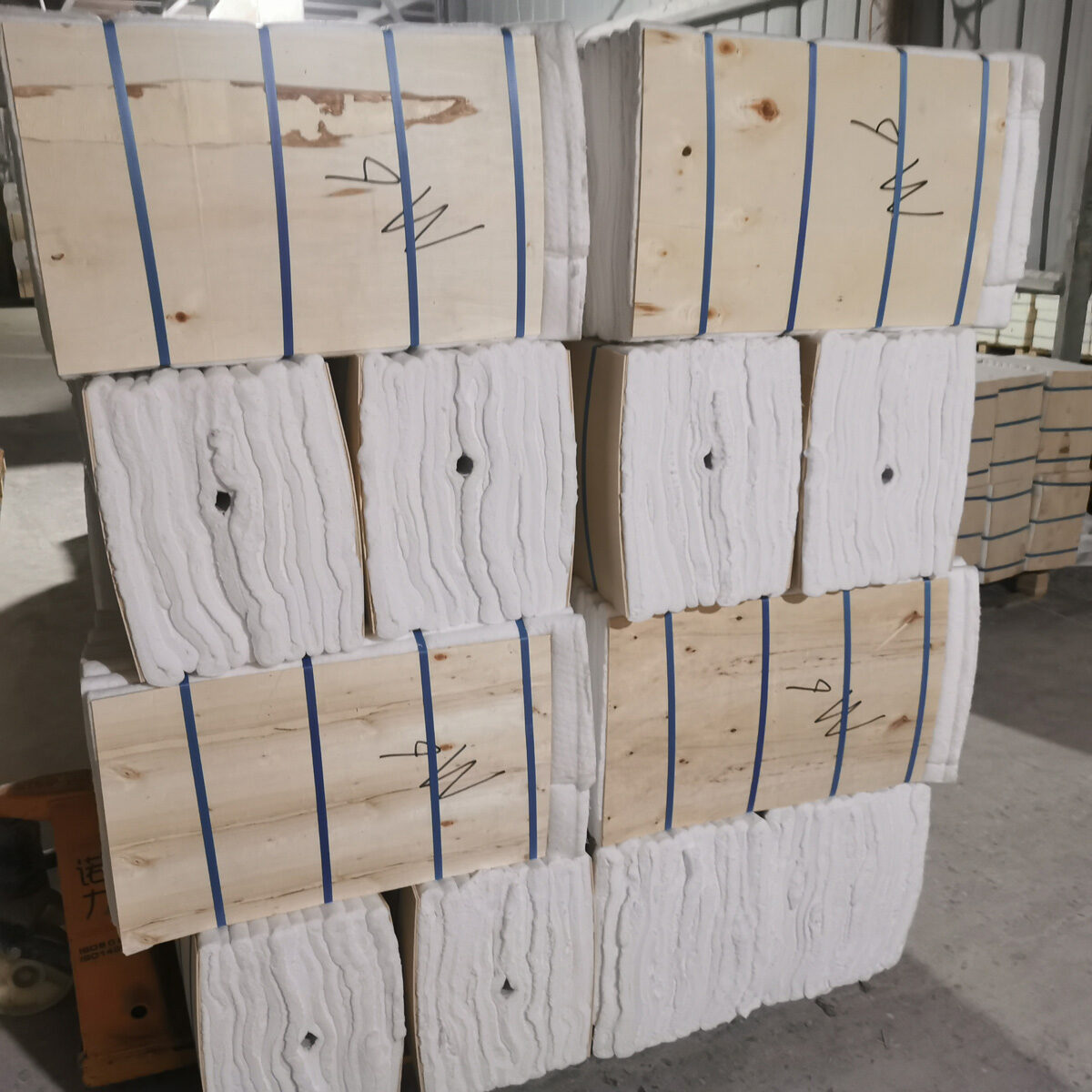Fiber wool modules, often referring to insulation modules made from mineral wool fibers, are designed to handle rapid temperature changes in industrial environments.
Here’s how these modules manage rapid temperature fluctuations:
- Low Thermal Inertia:
- Fiber wool modules typically have low thermal inertia, allowing them to quickly respond to changes in temperature. This means they can adapt to variations in temperature without significant lag.
- High Thermal Stability:
- Mineral wool fibers are known for their high thermal stability. This characteristic enables fiber wool modules to maintain their structural integrity and insulating properties even when exposed to rapid and extreme temperature changes.
- Low Heat Capacity:
- Fiber wool modules have low heat capacity, meaning they can absorb and release heat relatively quickly. This property is advantageous when dealing with rapid temperature changes, as the material can adjust to new conditions rapidly.
- Thermal Shock Resistance:
- Mineral wool fibers are generally resistant to thermal shock. This resistance allows fiber wool modules to withstand sudden and drastic temperature changes without experiencing cracking, spalling, or other forms of damage.
- Flexibility and Resilience:
- Fiber wool modules often exhibit flexibility and resilience, allowing them to expand and contract with temperature variations. fiber wool modules This flexibility helps prevent damage and ensures that the modules maintain their insulating effectiveness.
- Anchoring Systems:
- When installed, fiber wool modules are often secured using anchoring systems. These systems help prevent movement or displacement of the modules during rapid temperature changes, ensuring that they remain in place and continue to provide effective insulation.
- Chemical Stability:
- Mineral wool fibers are chemically stable and do not undergo significant chemical reactions with changes in temperature. This stability contributes to the overall durability of fiber wool modules in fluctuating thermal conditions.
- Customizable Thickness:
- The thickness of fiber wool modules can be customized based on the specific requirements of the application. Thicker modules may provide enhanced thermal resistance, helping to buffer against rapid temperature changes.
- Effective Insulation:
- Fiber wool modules are designed to be effective insulators, minimizing heat transfer. This property remains consistent even during rapid temperature changes, contributing to their role in temperature control and energy conservation.
- Low Thermal Conductivity:
- The low thermal conductivity of mineral wool fibers reduces the rate of heat transfer through the modules. This property is beneficial in maintaining a stable temperature profile within industrial equipment and structures.
By combining these features, fiber wool modules can effectively handle rapid temperature changes in industrial environments, contributing to the thermal stability of processes, equipment, and structures. It’s important to follow proper installation practices and consider factors such as anchoring, thickness, and material density to optimize the performance of fiber wool insulation in dynamic thermal conditions.
